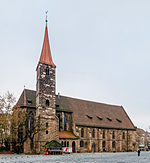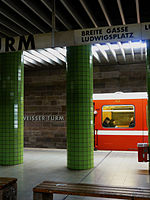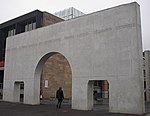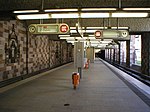St. Elizabeth, Nuremberg
1230s establishments in the Holy Roman Empire1235 establishments in Europe20th-century Roman Catholic church buildings in GermanyBavaria building and structure stubsChurches in Nuremberg ... and 4 more
German church stubsRoman Catholic church stubsRoman Catholic churches completed in 1903Roman Catholic churches in Bavaria
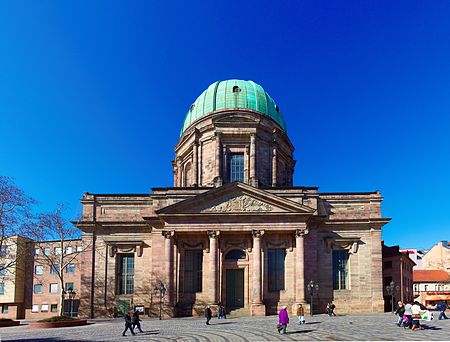
St. Elizabeth's is a Roman Catholic church in Nuremberg in southern Germany. It is dedicated to Elizabeth of Hungary.
Excerpt from the Wikipedia article St. Elizabeth, Nuremberg (License: CC BY-SA 3.0, Authors, Images).St. Elizabeth, Nuremberg
Jakobsplatz, Nuremberg Altstadt, St. Lorenz
Geographical coordinates (GPS) Address Phone number Website Nearby Places Show on map
Geographical coordinates (GPS)
| Latitude | Longitude |
|---|---|
| N 49.449444444444 ° | E 11.069722222222 ° |
Address
St. Jakob
Jakobsplatz 1
90402 Nuremberg, Altstadt, St. Lorenz
Bavaria, Germany
Open on Google Maps
